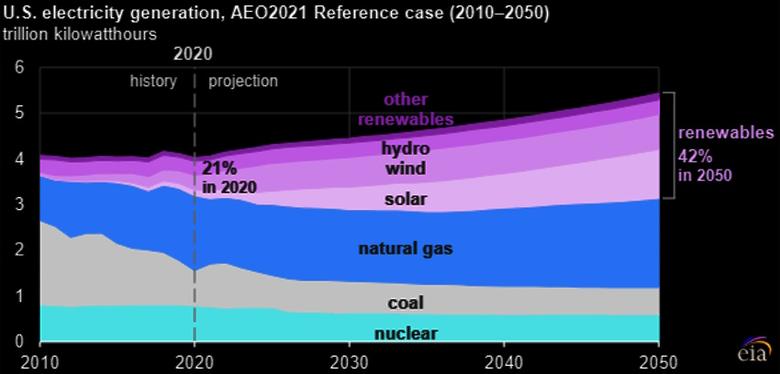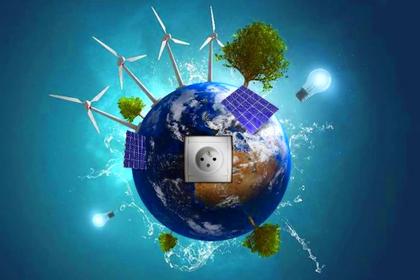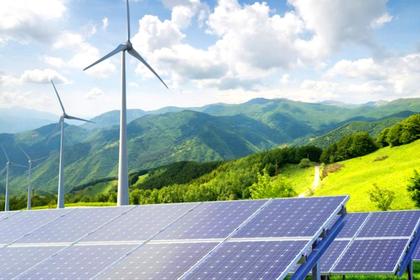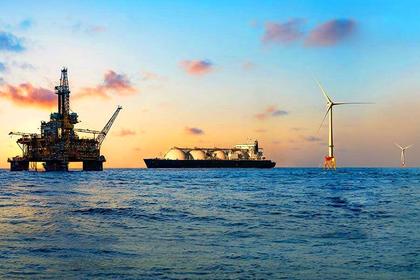
U.S. ENERGY TRANSITION: THE LOSS OF $60 TLN

By Ed Reid Vice President, Marketing (Retired) / Executive Director (Retired) / President (Retired), Columbia Gas Distribution Companies / American Gas Cooling Center / Fire to Ice, Inc.
ENERGYCENTRAL - Jul 30, 2024 - The energy transition currently being pursued by the current Administration imposes several types of societal costs, many of which are ignored.
The cessation of fossil fuel use would strand approximately $60 trillion of coal, oil and natural gas resources, depriving the owners of those resources of their profitable sale and depriving the nation of their beneficial use.
The replacement of natural gas end uses with electric end uses would result in abandonment of billions of dollars of natural gas production, transmission and distribution infrastructure. It would also require development of additional electric generation, transmission and distribution infrastructure. The replacement of oil and gasoline end uses with electric end uses would result in abandonment of oil production, refining and distribution infrastructure and require further increases in electric infrastructure.
Consumer replacement of typical gas and electric appliances and equipment with high efficiency electric appliances and equipment such as heat pumps, heat pump water heaters, heat pump laundry dryers and induction ranges adds significant consumer cost, as those appliances are approximately twice as expensive as their conventional counterparts. While it is true that these high efficiency appliances would offer lower operating costs than their conventional counterparts, it is questionable whether their higher costs would be recovered through energy cost savings over their useful lives.
Upgrading residential and commercial buildings to reduce their energy consumption by the DOE 50% target would be extremely expensive and it is doubtful that the cost would be recovered through energy savings. Replacing windows in buildings with windows which reduce undesirable heat gain and heat loss is particularly expensive. It is also a classic case of “broken window economics”.
Adding solar photovoltaic collectors to those residential and commercial buildings which are suitably oriented for such installations is also expensive, as is the addition of storage batteries to store solar generated electricity for later use.
Replacing ICE vehicles with electric vehicles also involves a significant cost premium, as well as a reduction in vehicle utility. It would also require significant electric generation, transmission and distribution investment as well as electric service upgrades to support vehicle chargers.
Interestingly, DOE’s Decarbonizing the U.S. Economy by 2050: A National Blueprint for the Buildings Sector views the storage batteries in both electric vehicles and building solar installations as “generators”, available to supply power to the grid during periods of peak demand or reduced renewable generation output, potentially reducing the value of these assets to their owners.
It is unclear the extent to which government would choose to incentivize the above actions or subsidize the incremental costs. However, while such government actions might reduce the direct costs of the actions for individual building owners or vehicle purchasers, they would not reduce the societal costs of the actions.
The current situation with electric vehicles provides a compelling societal cost example. If a vehicle manufacturer prices a vehicle at approximately $60,000 and experiences a loss of approximately $60,000 on each vehicle sold and the government offers an approximate $7,500 subsidy for each vehicle purchased by an ultimate consumer, the ultimate consumer pays approximately $52,500 for the vehicle, but the societal cost of the vehicle is approximately $120,000 ($52,500 + $7,500 + $60,000). Actually, the societal cost is higher, whether the government subsidy is paid from tax revenues or from borrowing, because of the administrative costs incurred by the government and, in the case of borrowed funds, because of the interest expense over the life of the financial instrument.
-----
This thought leadership article was originally shared with Energy Central's Energy Collective Group. The communities are a place where professionals in the power industry can share, learn and connect in a collaborative environment. Join the Energy Collective Group today and learn from others who work in the industry.
-----
Earlier:
















